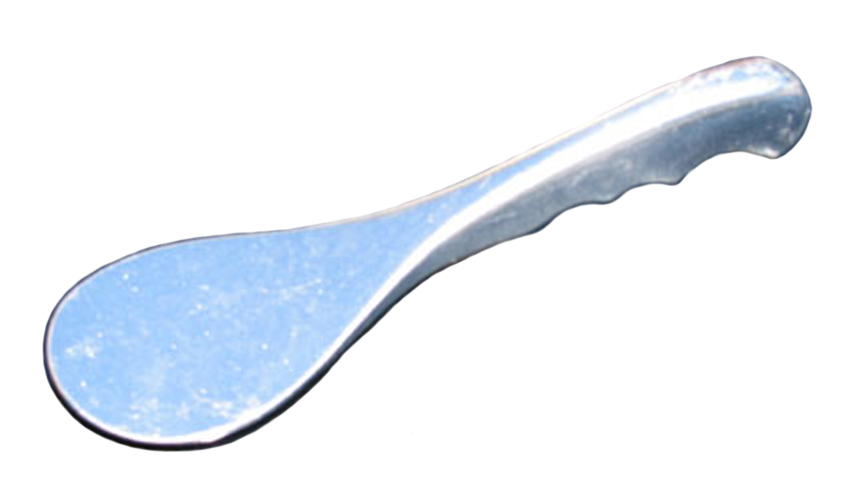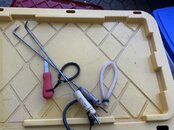wnissen
Contributor
Just wanted to share my thoughts, which largely echo Eric, who is vastly more experienced than me. Most of the kelp is pretty shallow, it needs to be close-ish to sunlight. Still, the visibility is pretty bad at times. A few meters at most. I don't know how well computer vision Deep Convolutional Neural Networks or whatever you're using deal with darkness, swell, and backscatter but that may be a big challenge even for identification.
Though it doesn't look like it on our time scale, urchins are pretty mobile and smart. Have a look at any time lapse when crushed urchin or a predator like a sea star is around. On a scale of minutes, they move away pretty quickly. On a scale of minutes they scoot quickly away from a predator, as Monterey photographer Kate Vylet shows. I wonder how well the urchins would detect the sound of the box.
Though it doesn't look like it on our time scale, urchins are pretty mobile and smart. Have a look at any time lapse when crushed urchin or a predator like a sea star is around. On a scale of minutes, they move away pretty quickly. On a scale of minutes they scoot quickly away from a predator, as Monterey photographer Kate Vylet shows. I wonder how well the urchins would detect the sound of the box.





